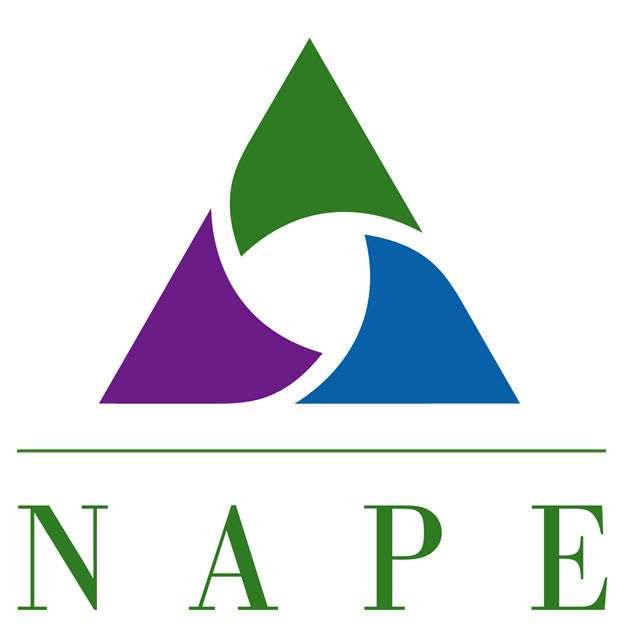Make the Future – NT 2.2 The The Perkins Act Core Indicators

By USAID Afghanistan (Women Engineers Rebuild Afghanistan) [Public domain or CC-BY-SA-2.0], via Wikimedia Commons
(i) Student attainment of challenging career and technical skill proficiencies, including student achievement on technical assessments, that are aligned with industry-recognized standards, if available and appropriate.
(ii) Student attainment of an industry-recognized credential, a certificate, or a degree.
(iii) Student retention in post-secondary education or transfer to a baccalaureate degree program.
(iv) Student placement in military service or apprenticeship programs or placement or retention in employment, including placement in high skill, high wage, or high demand occupations or professions.
(v) Student participation in, and completion of, career and technical education programs that lead to employment in nontraditional fields.
In simpler terms these five core indicators are often referred to as:
- Academic and/or Technical Skill Attainment
- Completion
- Graduation/Retention/Transfer
- Placement/Employment
- Nontraditional Participation and Completion
For each Core Indicator, a measure of success is negotiated between each state education agency (SEA) and the Office of Career, Technical and Adult Education (OCTAE).
The state’s accumulated performance data across all local education agencies (LEAs) is reported to Office of Career, Technical and Adult Education (OCTE) annually. If the state is NOT able to meet its negotiated performance measure by at least 90% for two years it is then required to complete an improvement plan focused on those measures where the state is lagging behind. This same process is also completed between each LEA and the SEA. It is important to note that if your agreed upon goals are not met at a minimum of 90%, the school or college must take corrective action and, with continued lack of goal attainment, the school or college faces sanctions and potentially loss of funding.

